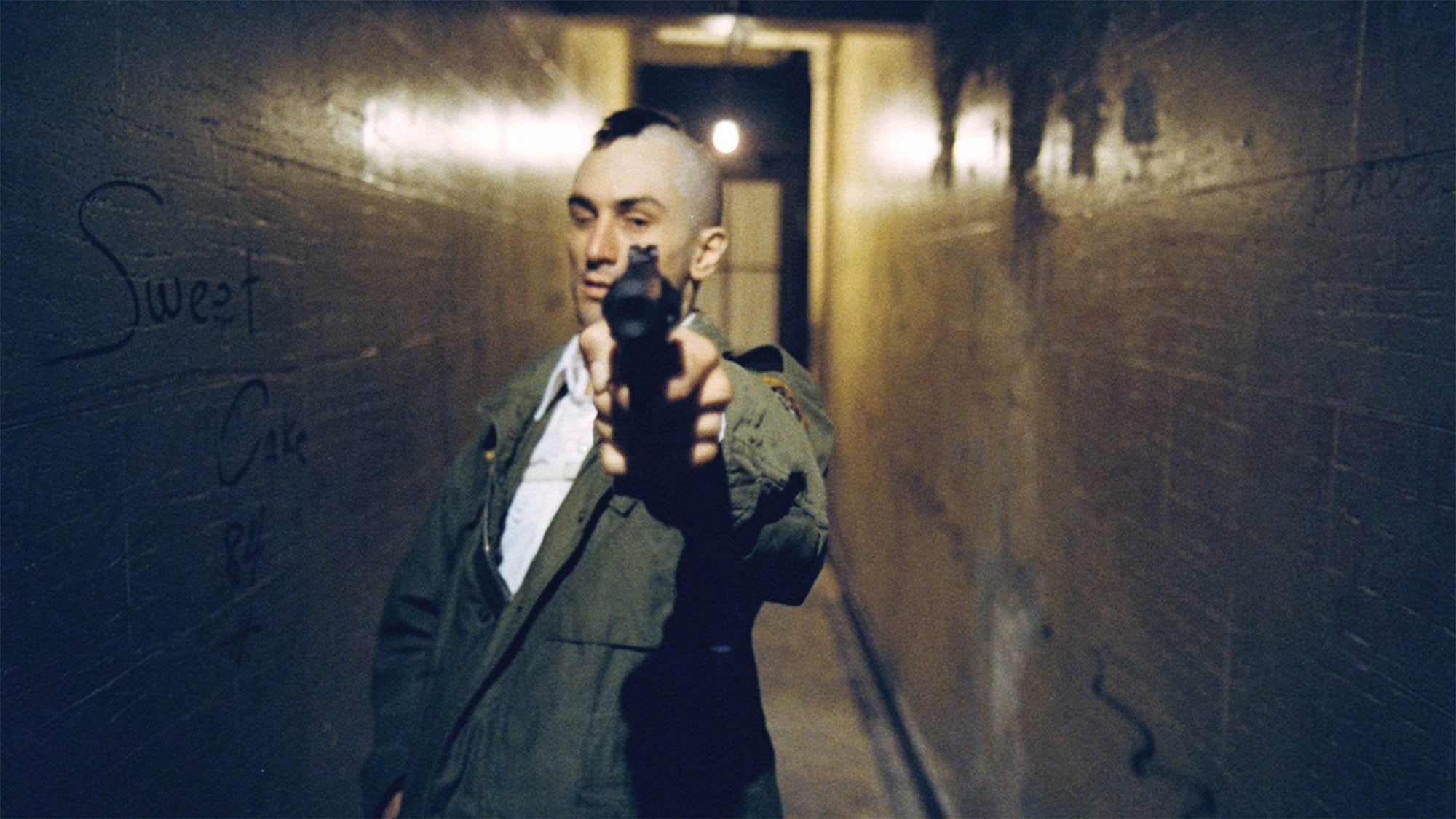
The most mind-blowing movie fan theories, ranked
Are you ready to have your mind blown? You are? Then you’ve come to the right place because today we’re looking at batsh** bonkers movie fan theories. We’ve gathered some of the more thought-provoking theories made by speculative fandoms over the years, ranked from the amusingly silly to the staggeringly believable.
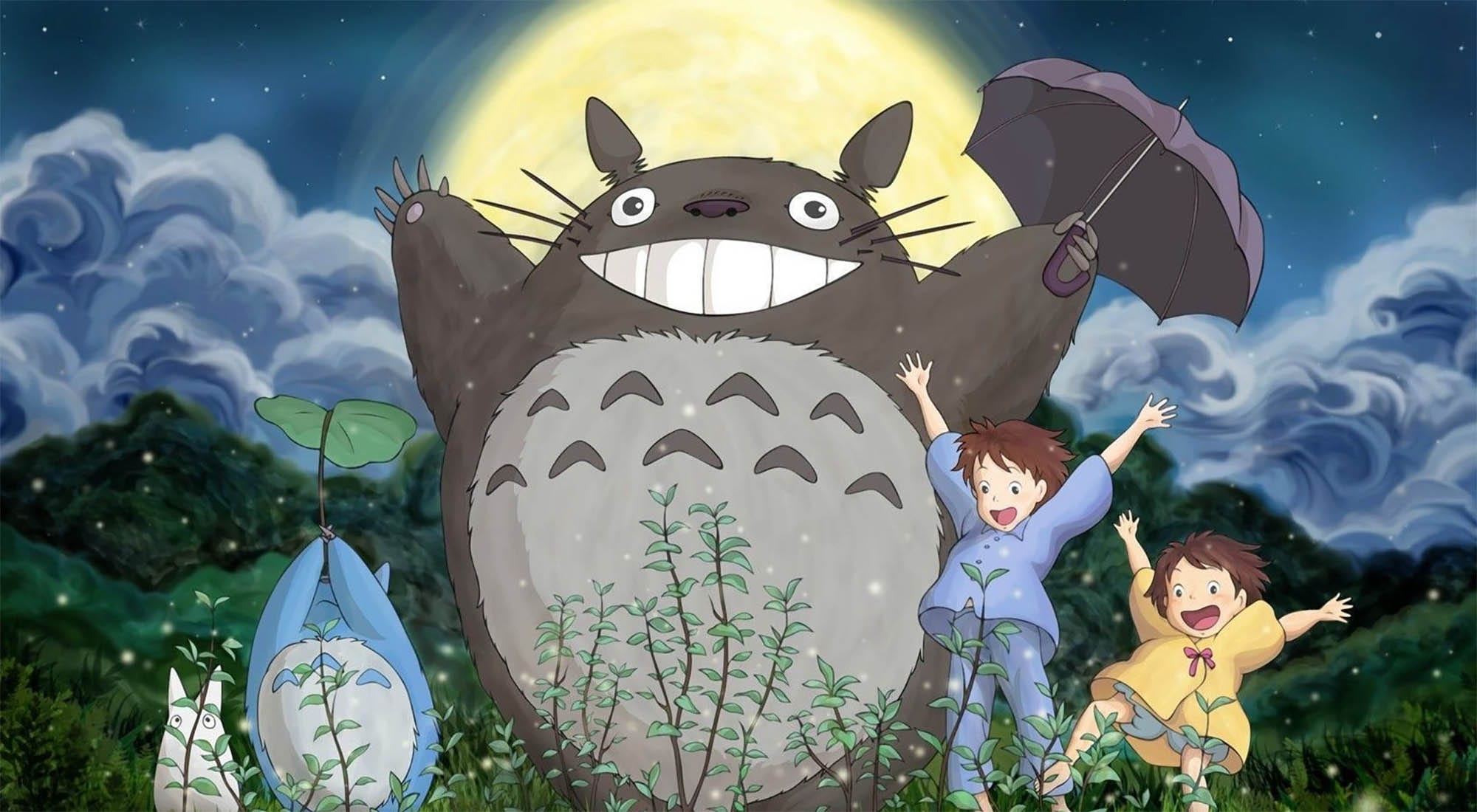
My Neighbor Totoro (1988)
As one of Studio Ghibli’s most beloved and heartwarming tales, My Neighbor Totoro embodies that fuzzy warmth the studio’s films are so good at igniting. Which is what makes this fan theory so utterly horrific and upsetting. Numerous viewers reckon that the cuddly woodland guardian is not the lovable cutie pie most people think he is – he’s actually the God of Death, only visible to the deceased.
Apparently Totoro is only visible to children, but this is disproved by the fact that the character Kantu cannot see him. Instead, the catlike creature is (or so the theory claims) a death God only visible to those who have passed on.
Per Dazed, “this theory insinuates that Mei actually drowns in the river and Satsuki herself dies on the hunt for her missing sister.” This one is so upsetting, we’re officially ruling it as definitely not true – Totoro is a fuzzy, cute creature who looks after kids when they’re down and gives the best cuddles of all time. End of.
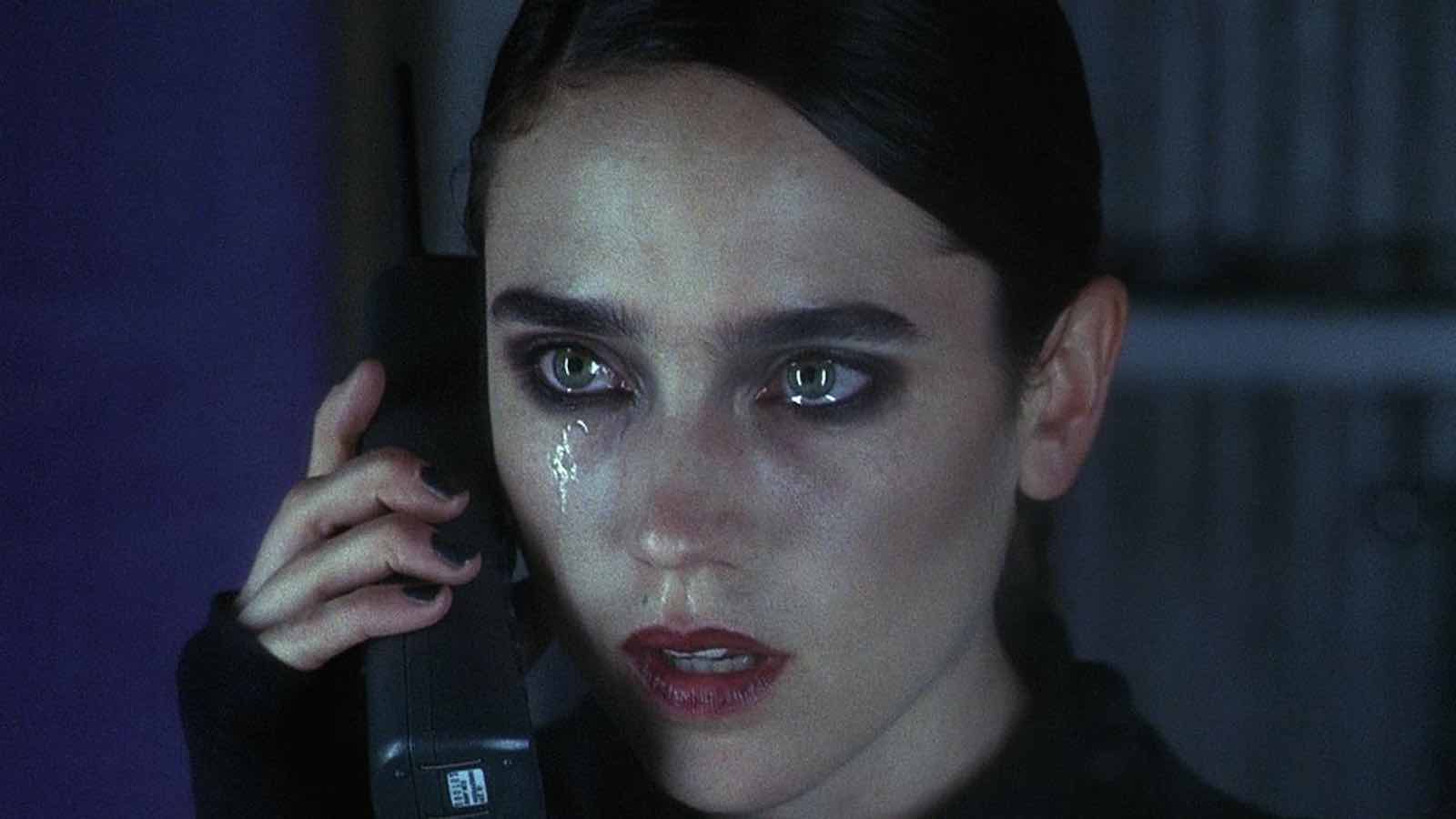
Requiem for a Dream (2001)
Darren Aronofsky’s 2001 psychological thriller has a few risky theories linked to it, the most popular being the idea that the addiction portrayed in the film goes way beyond substance abuse to show us the daily addictions that rule our lives. Per Reddit user FightintheShad3:
“Maybe the movie isn’t as much a drug PSA as a nihilist manifesto. Maybe it’s pointing out that we are addicted to anything that produces certain chemicals, and how frail our illusions of control, happiness, and purpose are.

“Was the mother any worse off dying of loneliness in a mental hospital than a retirement village? What if Harry and Marion were separated from each other because she was hit by a bus, instead of because she started sleeping with people for drugs while he left for Florida? What would the mother’s life have had to offer if there were no drugs, but no TV or food either? I didn’t see the drugs controlling them. I saw the drugs showing them what else controlled them.”
Truth? Or maybe it’s time to put the blunt down.
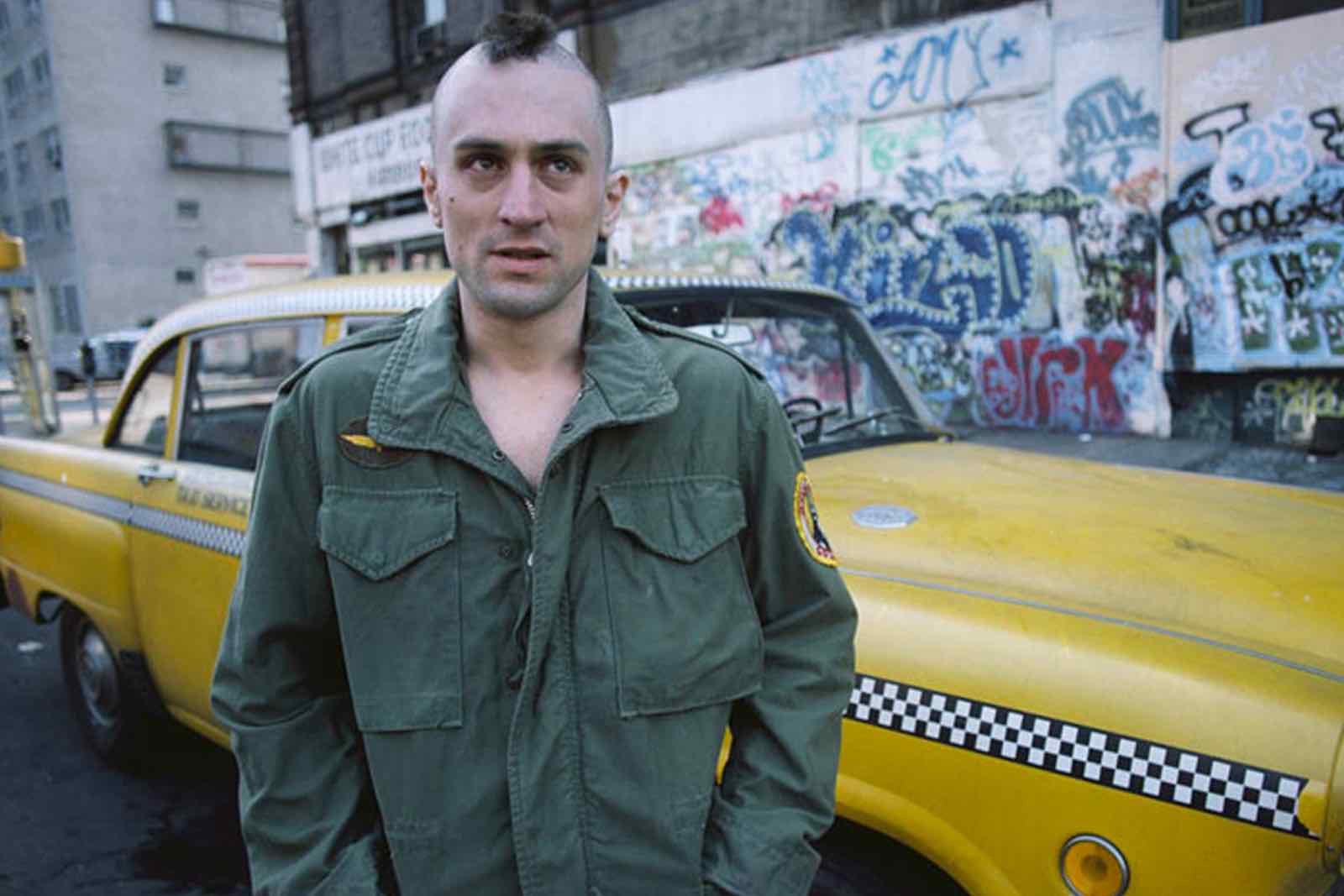
Taxi Driver (1976)
There have been numerous film theories over the years that speculate whether the narratives take take place entirely in the protagonists’ minds. One of those films is Martin Scorsese‘s Taxi Driver – the idea goes that Travis Bickle (Robert De Niro) dies at the end and that oddly optimistic final reel is actually a cipher for his final thoughts.
As Robert Ebert even speculated in his review, “There has been much discussion about the ending, in which we see newspaper clippings about Travis’s ‘heroism’ of saving Iris, and then Betsy gets into his cab and seems to give him admiration instead of her earlier disgust.
Is this a fantasy scene? Did Travis survive the shoot-out? Are we experiencing his dying thoughts?” It appears many fans to the film reckon the answer to the latter question is undoubtedly yes. (It’s up to you whether you agree.)

Fight Club (1999)
A crackpot idea behind the story of Fight Club is that it’s a messed up version of Calvin and Hobbes. The classic comic book follows Calvin who creates an imaginary friend named Hobbes. The theory goes that as Calvin got older, he tries to forget about Hobbes, but this only turns him into the bitter, miserable insomniac – the Narrator (Edward Norton) – and Hobbes is his Tyler (Brad Pitt).
If you’re not sold on the story, apparently Calvin and Hobbes also had an exclusive all boys’ club and there were fights between members. Mind = blown!
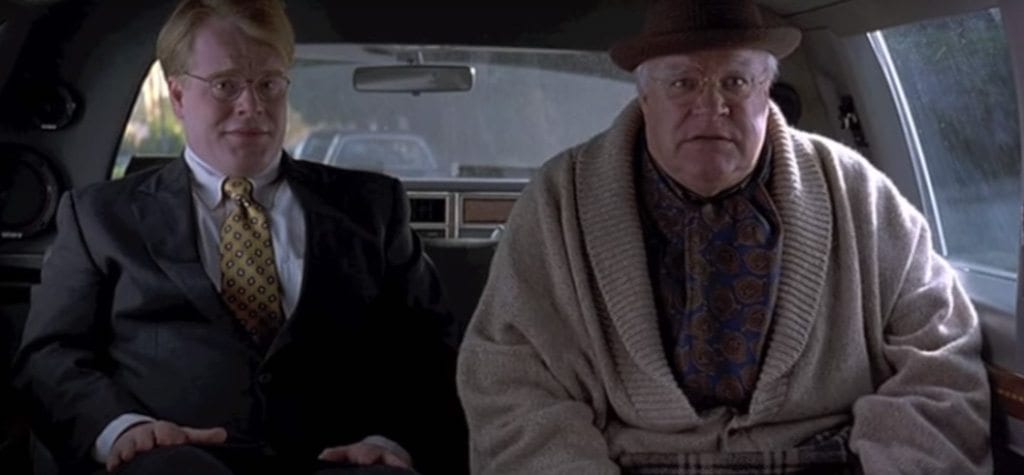
The Big Lebowski (1998)
Was a supernatural spook snuck into the Coen Brothers’ stoner cult classic? According to one theory, the answer is yes, purporting that Steve Buscemi’s old Vietnam vet Donny was actually killed in action and now only appears in Walter’s (John Goodman) imagination. Supporting evidence includes that The Dude only ever speaks to Donny once throughout the film, and the rest of the time ignores Donny.
Buscemi himself even once seemed to confirm the theory, saying, “Donny is just a figment of Walter’s imagination,” during a Big Lebowski reunion, to which Goodman reportedly replied, “Shut the fuck up, Donny!” And the ashes? Apparently this was just Walter’s dog and The Dude was playing along to humor him (but this is all speculation).
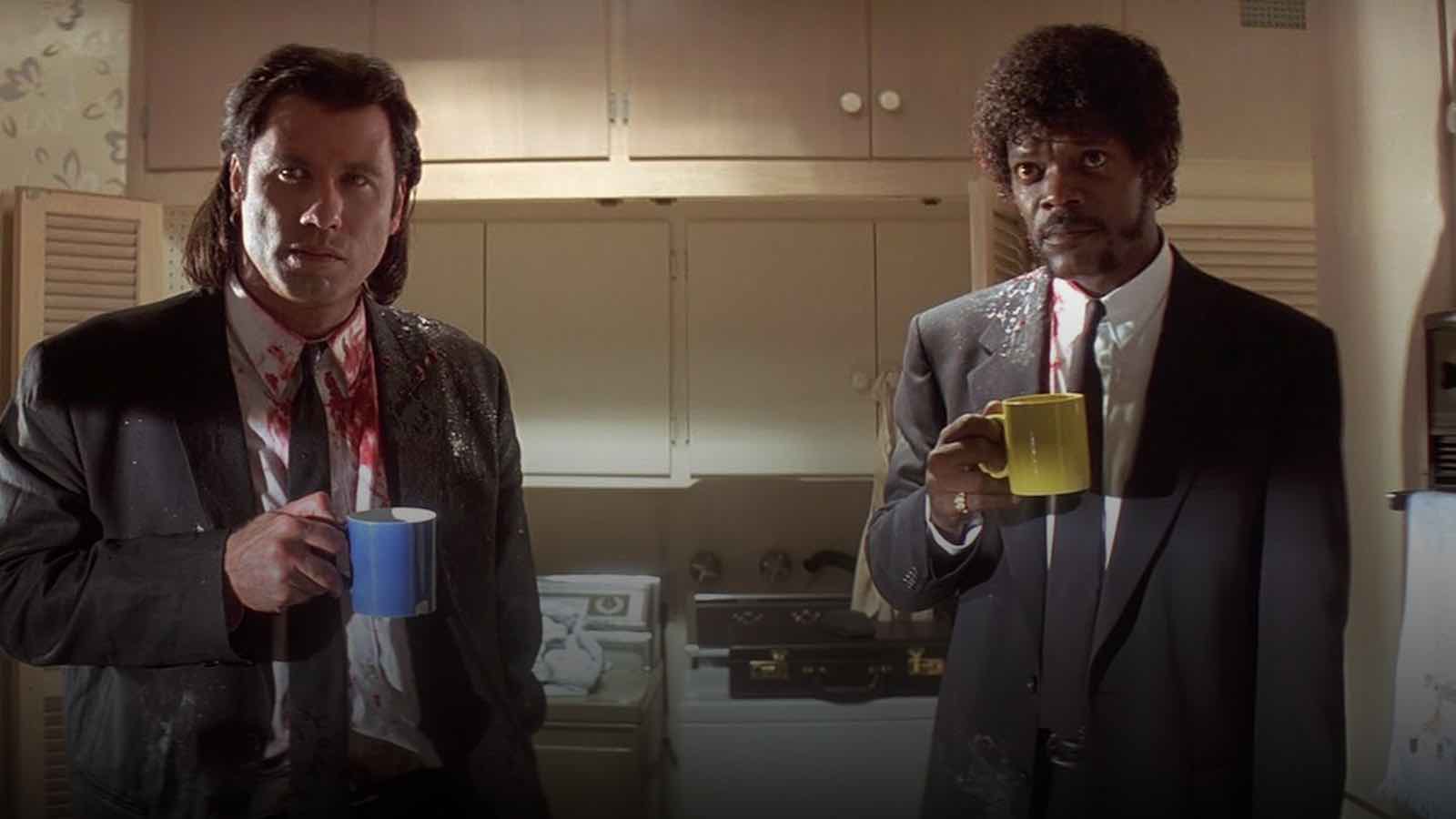
Pulp Fiction (1994)
You’ve probably all heard this one, but it’s definitely worth a mention on the list. When Quentin Tarantino’s Pulp Fiction came out in 1994, it left audiences questioning what the frig was in that damn suitcase? According to some zany fans, the shining entity was actually Marsellus Wallace’s soul, sold to the devil in return for wealth and status (hence why everyone wants it).
Apparently, the Satanic reference explains why John Travolta’s character enters the 666 combination on the briefcase and theorists reckon Wallace’s soul was removed from a hole in the back of his head, hence why he wore a bandaid to cover the scar. Whoaaaa!
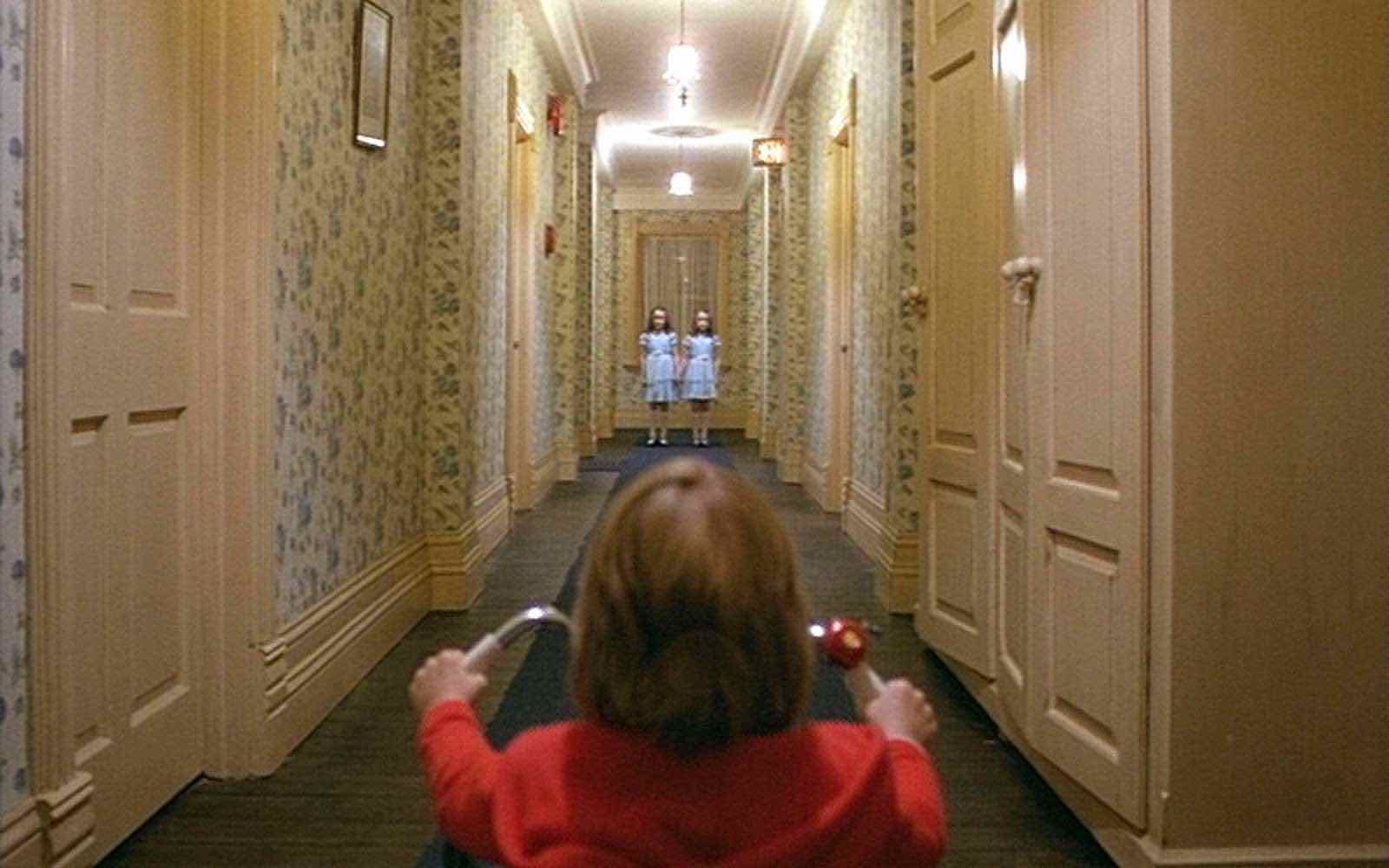
The Shining (1980)
There are many batshit theories behind Stanley Kubrick’s stunning adaptation of Stephen King’s The Shining, but the one we’re here for has been chewed over by conspiracy theorists for years. Foil hats at the ready! The theory goes that NASA was so desperate to beat Russia in the space race that they contacted director Kubrick to shoot a fake moon landing in 1969.
Despite Kubrick’s daughter Vivian denouncing the theory, many theorists still stick by it and think the director slipped a bunch of symbols and clues into The Shining. These clues are explained in Rodney Ascher’s 2012 documentary Room 237 and include the prominence of eagles, a symbol of NASA, and of course, Danny’s Apollo 11 sweater.



